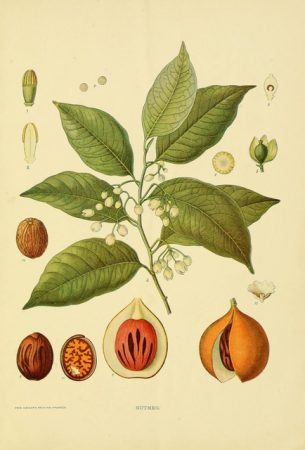
Myristica fragrans ( Nutmeg ), Illustration by Köhler, Public Domain Birds and all nature
Chicago Nature Study Publishing Co.,1898-1900.
To some, the scent of nutmeg conjures crisp, rural Connecticut farms, baked holiday treats, and of course the now infamous Starbuck’s PSL. But this muskiest of spices has a torrid past of sex, drugs and bickering empires. The word Nutmeg comes from the Latin Nux, meaning Nut, and Muscus, meaning Musk – an aptly named spice, with an unforgettable scent. There is a certain depth and musky animalic intrigue that lingers below a dense coat of dry, cloying sweetness. A deeply nuanced aroma that holds the history of bloody wars, sex and luxury in its fragrant molecules.
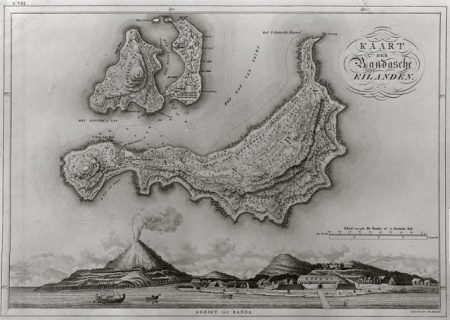
Banda Islands, or “Spice Islands”, Public Domain
The species Myristica fragrans, a tropical evergreen tree, is native only to one obscure chain of islands, located 250 miles off the eastern coast of Indonesia. Today we know these as the Banda Islands, or the once fabled Spice Islands. With Nutmeg’s native habitat being so condensed, no one quite knows the origin of this unique species; some suggest ancient migrations via birds, while others claim natural evolution. Whatever the case, this once invaluable tree actually provides us with two spices — Mace and Nutmeg.
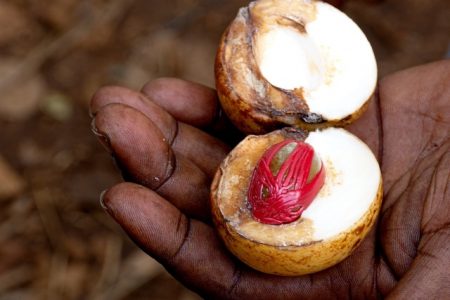
Mace and Nutmeg, Stock Image
Crack open the woody flesh of a nutmeg fruit ( which some locals turn into a refreshingly fragrant juice ), and you will find a hard pit laced in veins of a blistering red membrane. This waxy lace is peeled away, dried and sold as Mace – but no relation to the tear-invoking pepper spray. The remaining seed is dried in the sun over a period of months and then sold as Nutmeg.
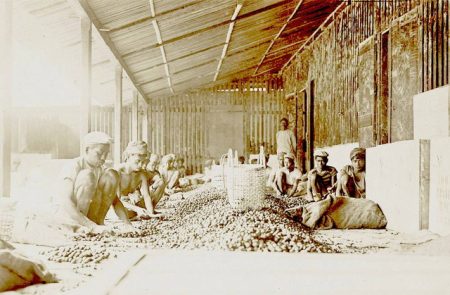
Nutmeg Processing, circa 1890-1900. Credit: University of Amsterdam
Many wars have been waged over the demand for this spice. However, the native people of the Banda Islands were great sea-navigators and had a thriving port of trade, long before the Western Europeans entered the stage. It was by chance that Arabian-Persian merchants first encountered these spice islands in the 1400’s. What they found waiting for them was a treasure trove of the unknown — Nutmeg, Mace, Cloves — all things that the western world had previously never seen.
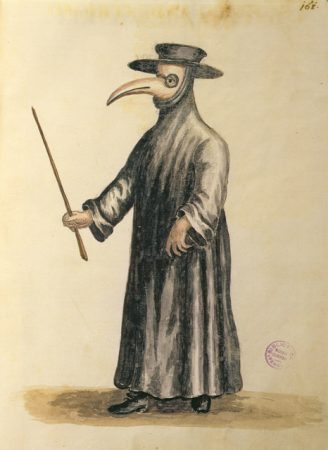
Plague Doctor, Circa 1500’s, known to stuff their “beaks” with a mixture of spices, including Nutmeg, thought to purify the air they breathe. Credit: Bridgeman Art Library
Arabian Merchants began exporting Nutmeg into Europe and it quickly surged in popularity— both for it’s status as something luxurious and exotic, and much later, as a reported cure-all for everything from gas to the bubonic plague. And nutmeg wasn’t the only spice to tout this title — modern aromatherapy blends often referred to as “Thieves” are based off remedies of this era; mainly a combination of clove, eucalyptus, lemon and rosemary, — all said to ward off the illness.
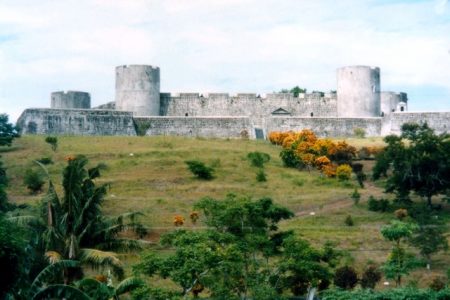
Fort Belgica – one of many Dutch-Built fortresses used to protect Nutmeg Monopoly. Credit: Wikipedia
The rise of nutmeg’s popularity had paralleled the era of the New World and expanding empires, and the Dutch saw the spice trade as their next frontier. In 1512, they set sail for the Spice Islands and committed genocide against uncooperative natives, enslaving survivors, and establishing complete control on the world’s nutmeg trade. There was one problem however, The British. They had secured one nearby island — a nearly 1 square mile piece of volcanic rock — called Run.
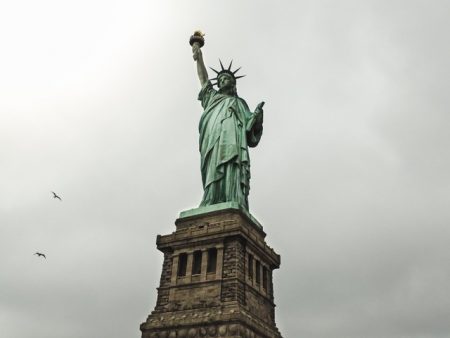
Statue of Liberty, stock image
Naturally, the Dutch didn’t like the British being so close to their Nutmeg monopoly. After battles waged and blood shed, a deal was struck. In 1677, the British agreed to trade the island of Run for a small Dutch-owned colony in America known as Manhattan. Yes — Without nutmeg, New York City as we know it wouldn’t be. With the Dutch now having fully secured the Spice Islands, everything was operating smoothly for nearly 200 years. They inflated prices and set fire to any surplus supply to keep the demand high. But then entered a French horticulturist-pirate, named Pierre Poivre (literary translated: Peter Pepper).
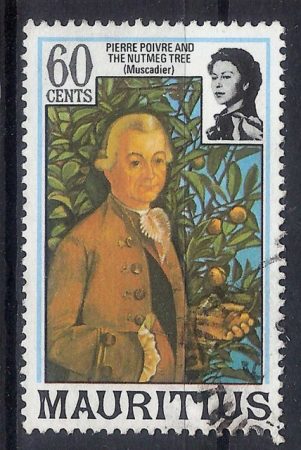
Pierre Poivre — a French horticulturist-pirate, on a quest to add Nutmeg to his African gardens.
You see, the Dutch were so fearful of other nations attempting to transplant their nutmeg seeds, that they would pickle them in lime juice to prevent germination. However, Pierre got lucky, and was able to smuggle a few seeds to his gardens in Mauritius, where the Nutmeg trees flourished. The native Bandanese people (still enslaved by the Dutch), may have helped him, but history is grey here.
As new nations now entered the Nutmeg trade, the downfall of the Dutch monopoly began. More people from all classes soon could afford this spice that was once reserved for only the wealthiest of nobles. New industries and uses began to flourish – some delicious and some more questionable.
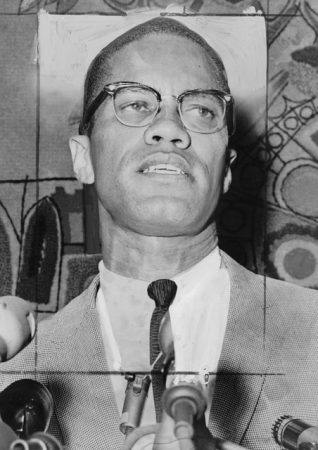
Malcom X writes of Nutmeg’s psychological effects in his Memoir The Autobiography of Malcom X, 1965. Credit: Malcom X Estate
Nutmeg soon garnered the reputation of being “the new drug”. In the 1800’s bartenders would dust nutmeg on top of drink to make patrons “feel as if they were floating”, and in some cultures where alcohol is forbidden, women still eat nutmeg in their porridge to “make their eyes soft” before their wedding day (but more on that in a moment). These hallucinogenic properties are best known in modern day prisons, where Nutmeg is banned in kitchens. In Malcom X’s autobiography, he recounts his experience: “Stirred into a glass of cold water, a penny matchbox full of nutmeg had the kick of three or four reefers”
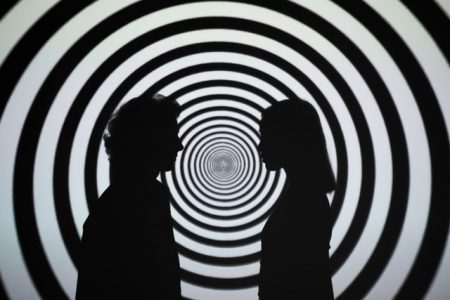
Myristicin, a precursor to MMDA, Stock Image
These hallucinogenic effects are thanks for a psychoactive compound known as Myristicin found in Nutmeg (as well as parsley, dill, anise). Plants use this as a natural insecticide, however in humans it acts as as a mood-booster, by slowing the breakdown of feel-good chemicals such as serotonin and dopamine. Interestingly, Myristicin is also used in MMDA production — a psychedelic. Some researchers suggest that when consuming nutmeg, this compound is metabolized by the liver into MMDA.
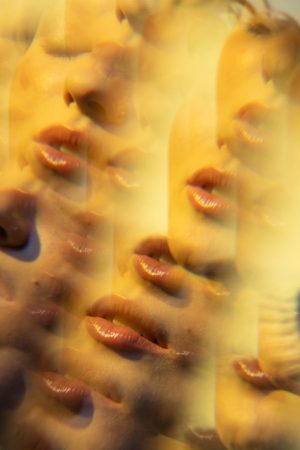
Nutmeg – The woman’s’ Viagra?, Stock Image
Also known as “The Woman’s Viagra”, nutmeg has been used by cultures across the globe to increase women’s libido. And there is some science to back up this myth— Dating back to ancient India, Ayurvedic medicine has prescribed nutmeg as an aid in boosting blood circulation to the digestive and reproductive organs. Today, we know this effect mimics a key hormone that is responsible for sex drive and good mood: Serotonin. This, compiled with Nutmeg’s stimulating aroma, may be key to the rumors of its seductive side.
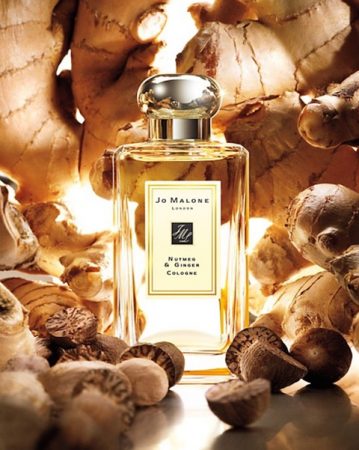
Jo Malone Nutmeg and Ginger (1990) courtesy of the Brand
Olfactively, this marvel is infrequently used at high doses in perfume, for it can easily sing loudest in any composition. However, when balanced correctly, it can give such an otherworldly texture to a formula, casting a veil of dusty antique cotton lace, over a gasp of lustrous amber silk, or a tone of gritty-red spice, powdered in a sweet-musk with strokes of fresh black soil. In the Middle Ages, using nutmeg in a perfume was said to help cast spells of love over those you desire. But, perhaps one of the first commercial use of Nutmeg in modern day perfume could be found in Jo Malone’s Nutmeg and Ginger,(launched in 1990); a beautiful gender fluid blend of spice, woods and ginger. Other notable fragrances include Parfums M. Micallef Secrets of Love Delice, Marc-Antoine Barrois B683 composed by perfumer Quentin Bisch, The Different Co. Santo Incienso- Sillage Sacre, Providence Perfume Co. Drunk on the Moon (all natural), Aftelier Perfumes Bergamoss, DSH Perfumes Mata Hari (all natural), Ramon Monegal Agar Musk, and Ateliers des Ors Bois Sikar to name just a few
Thank you nutmeg— who would have known you have such a story to tell.
Mason Hainey, Contributing Editor and Natural Perfumer for MIZU
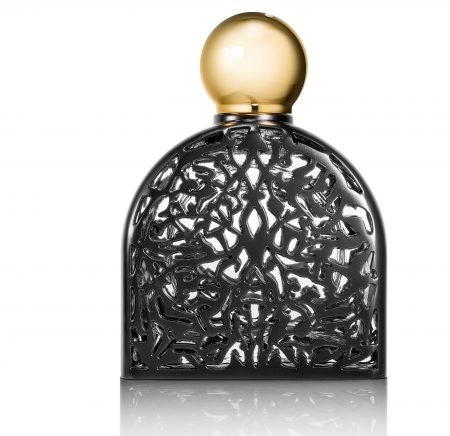
From The Secrets of Love Collection, Parfums M. Micallef is generously offering a 75 ml of DELICE for 1 registered reader EU and USA
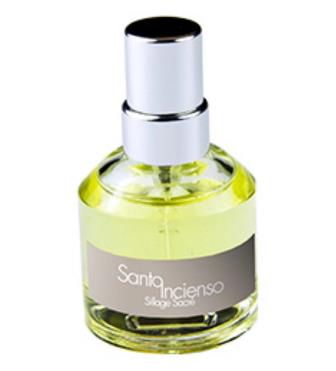
Sophie and Luc Gabriel of The Different Company are offering 10 ml of Santo Incienso- Sillage Sacre for 1 registered reader EU and USA
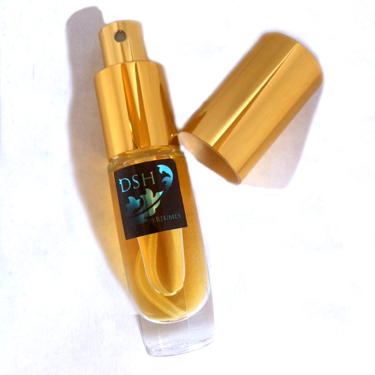
Thanks to DSH Perfumes we have a 10 ml EDP (USA only) or VDP of Mata Hari Worldwide to give away to 1 registered reader ALL NATURAL
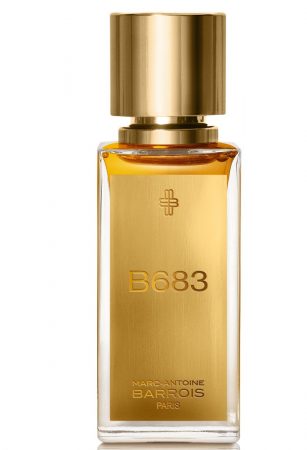
Thanks to the generosity of Perfumology, we have a 30 ml bottle of Marc Antoine Barrois B683 to give away to 1 registered reader in the USA ONLY.
To be eligible please leave a comment with what you learned about Nutmeg in Perfumery, which fragrances you would like to win (country eligibility, you would like to win and where you live. The draw is for registered readers only, so be sure to register if you have not done so. Draw closes 6/10/21
Follow us @cafleurebon @mizubrand @parfumsmmicallef @perfumology @dshperfumes @thedifferentcompany
This is our Privacy and Draw Rules Policy
We announce the winners only on site and on our Facebook page, so Like ÇaFleureBon and use our Blog feed…or your dream prize will be just spilled perfume
